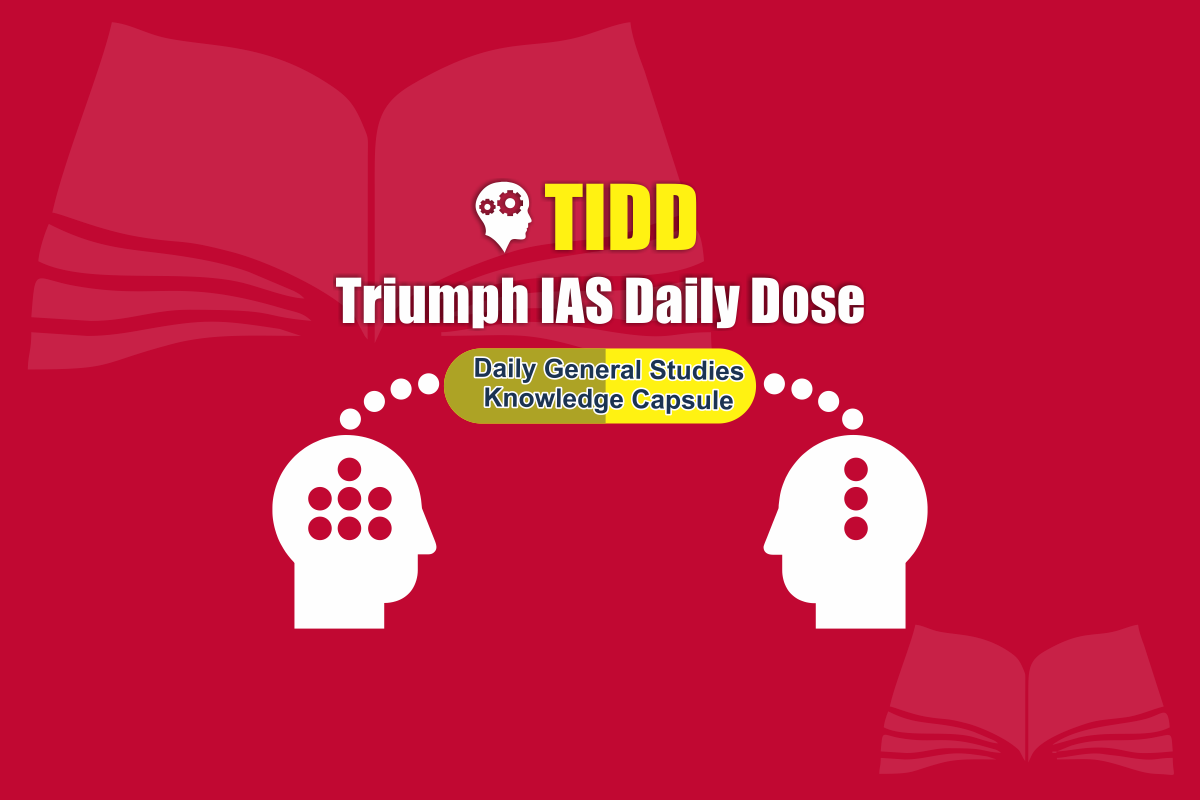Indian Constitution, Polity and Governance
- Topics covered: Constitutional changes under Cabinet Mission Plan, The Mountbatten Plan and the Indian Independence Act, 1947 of British Parliament; Constituent Assembly and Making of the Constitution
- Cabinet Mission Plan
- In March 1946, Lord Attlee sent a Cabinet Mission to India consisting of three Cabinet Ministers, namely Lord Pethick Lawrence, Sir Stafford Cripps and Mr. A.V. Alexander.
- The object of the Mission was to help India achieve its independence as early as possible, and to set up a Constituent Assembly. The Cabinet Mission rejected the claim for a separate Constituent Assembly and a separate State for the Muslim.
- According to Cabinet Mission Plan there was to be a Union of India, comprising both British India and the States, and having jurisdiction over the subjects of Foreign Affairs, Defence and Communication. All residuary powers were to be vested in the Provinces and the States.
- The Union was to have an Executive and a Legislature consisting of representatives of the Provinces and the States.
- Any decision involving a major communal issue in the legislature was to require a majority support of representatives of each of the two major communities present and voting as well as a majority of all the members present and voting.
- The provinces could form groups with executives and legislatures, and each group could be competent to determine the provincial subjects.
- The Mountbatten Plan
- The plan for transfer of power to the Indians and partition of the country was laid down in the Mountbatten Plan.
- It was given a formal shape by a statement made by the British Government on 3rd June, 1947.
- The Indian Independence Act, 1947 of the British Parliament
- In pursuance of this Act, the Government of India Act, 1935, was amended by the Adaptation Orders, both in India and Pakistan, for setting up an interim Constituent Assembly to draw up the future Constitution of the country.
- From the 15thAugust, 1947India ceased to be a Dependency and the suzerainty of the British Crown over the Indian States and the treaty relations with Tribal Areas lapsed from that date.
- The office of the Secretary of State for India was abolished.
- The Governor-General and the Governors lost extraordinary powers of legislations to compete with the Legislature.
- The Central Legislature of India, composed of the Legislative Assembly and the Council of States, ceased to exist on August 14, 1947.
- The Constituent Assembly itself was to function also as the Central Legislature with complete sovereignty.
- Constituent Assembly and Making of the Constitution
- The Cabinet Mission envisaged the establishment of a Constituent Assembly to frame a Constitution for the country. Members of the Constituent Assembly were elected by the Provincial Legislative Assemblies.
- Each Province and each Indian State were allotted seats in proportion of its population, roughly in the ratio of one to a million. The seats so ascertained were distributed among the main communities in each Province. The main communities recognized were Sikh, Muslim and General.
- The total number of members of the Constituent Assembly was 385, of whom 93 were representatives from the Indian States and 292 from the Provinces (British India).
- After the partition of India number of members of the Constituent Assembly came to 299, of whom 284were actually present on the 26th November, 1949 and signed on the finally approved Constitution of India. The Constituent
- Assembly, which had been elected for undivided India, held its first meeting on December 9, 1946, and reassembled on August 14, 1947, as the sovereign Constituent Assembly for the dominion of India.
- It took two years, eleven months and eighteen days for the Constituent Assembly to finalize the Constitution.
- The drafting Committee to draft constitution was headed by Dr B.R.Ambedkar.
- The committee on the functions of constituent assembly was headed by G.V.Malwankar.
- The subcommittee for fundamental rights was headed by J.B Kriplani
- Minorities Sub-Committee was headed by H.C. Mookherjee.

